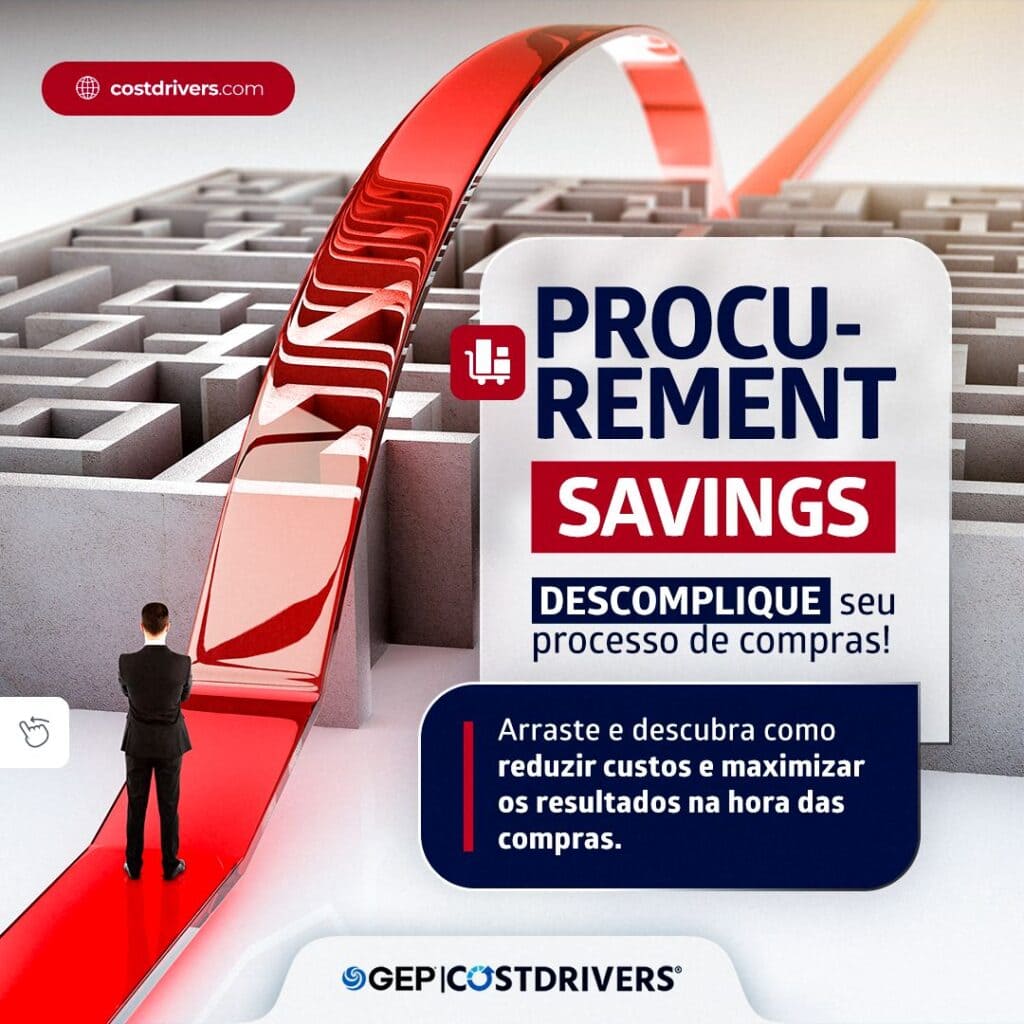In the current business landscape, companies are constantly seeking ways to streamline their processes, reduce costs, and increase efficiency. One essential area to achieve these objectives is procurement, or the purchasing process.
Effective procurement is not only about acquiring goods and services but also about finding opportunities to save and maximize value for the company. In this article, we will explore some key strategies to simplify the procurement process and achieve significant procurement savings.
Provide self-service portals for suppliers
An efficient way to simplify the procurement process is to provide self-service portals for suppliers. These portals enable suppliers to access important information, submit proposals, and update data, reducing the need for manual communication and facilitating interaction between the involved parties. Additionally, self-service empowers suppliers with greater visibility into their transactions and payment status, improving transparency and strengthening the relationship between the parties.
Establish clear acquisition policies
Defining clear acquisition policies is crucial to guide purchasing decisions and ensure consistent adherence to processes. These policies should include guidelines on supplier selection, performance evaluation, spending limits, and approval procedures. By establishing clear policies, companies can avoid unnecessary purchases, ensure compliance with regulations, and promote efficiency in procurement operations.
Review your substitution strategies
One way to achieve procurement savings is to regularly review product or service substitution strategies. With advancing technology and constant market changes, there may be more economical or efficient alternatives available. Regularly evaluating substitution options enables companies to identify cost-saving opportunities, adopt more sustainable solutions, and improve the quality of acquired products or services.
Enhance risk management
Risk management plays a crucial role in the procurement process. Identifying and mitigating potential risks, such as supplier instability, currency fluctuations, and supply chain disruptions, is essential to ensure operational continuity and avoid unwanted costs. A proactive approach to risk management includes supplier diversification, evaluation of suppliers’ financial stability, and the development of contingency plans.
Collect and centralize data
One of the initial steps to simplify the procurement process is to collect and centralize relevant data. This involves identifying and recording information about suppliers, products, prices, contracts, and purchase history. By having access to accurate and up-to-date data, companies can make more informed decisions, identify negotiation opportunities, and gain a better understanding of supplier performance. Additionally, centralizing this data in a single location facilitates access and analysis, enabling more efficient procurement management.
Automate the procurement process
Automation of the procurement process is an essential strategy to simplify purchasing and achieve procurement savings. By utilizing technology solutions such as procurement management software and automation systems, companies can streamline manual and repetitive tasks such as quotations, request for proposals, approvals, and order issuance. This not only saves time but also reduces errors and rework, improving process efficiency. Moreover, automation can provide real-time insights and analysis, enabling more precise and informed decision-making.
Integrate acquisition systems
Another important strategy to simplify the procurement process is to integrate the acquisition systems used by the company. Often, different departments or business units may have separate systems for conducting their purchases, leading to fragmented information, lack of visibility, and inefficiencies. By integrating these systems, companies can have a comprehensive view of all purchasing activities, consolidate information, facilitate communication, and coordinate efforts across the organization. This promotes collaboration, reduces duplicated efforts, and improves overall procurement efficiency.
In the current competitive business environment, it is crucial for companies to prioritize efficient and effective procurement. By implementing the trends mentioned in this article and adopting a strategic approach to the procurement process, companies will be well positioned to achieve significant procurement savings, boost their financial performance, and gain a competitive edge in the market.
Remember that each company is unique and can benefit from different procurement strategies. It is important to adapt these trends to the specific needs of your organization and continuously seek innovation and continuous improvement in your procurement processes.
In the end, simplifying the procurement process is a continuous journey, but with the proper commitment and adoption of best practices, companies can achieve significant results and drive success in an ever-evolving business world.
